

The bigger the telescope the farther it can see into space, right? Not exactly. Though it's true that telescopes in space like the James Webb Space Telescope and the Hubble Space Telescope can see deep into the cosmos in stunning detail, your small telescope can probably see farther than you think – and certainly millions of light-years!
If you're in the process of trying to figure out the best telescope for your needs (or the best telescope for beginners), knowing what you'll be able to spot with your investment is key. Here's everything you need to know about how far a telescope can see:
What impacts how far can a telescope can see?
The size of your telescope is the biggest factor in determining what you'll be able to see. However, the atmospheric (or 'seeing') conditions and the amount of light pollution where you observe from make a huge difference to the limiting magnitude – the point where an object becomes invisible. Despite that, even a very small telescope will allow you to see things about 40 times fainter than your naked eye can. Here's a comparison:
- Naked eye: 4th magnitude (though depends on light pollution)
- 10x50 binoculars: 9th magnitude
- 102mm/3-inch telescope: 12th magnitude
- 200mm/8-inch telescope: 14th magnitude
- 254mm/10-inch telescope: 15th magnitude – true 'deep sky'
Surprised to see binoculars on that list? While this article focuses on telescopes, binoculars are an option for exploring the heavens as well as spotting things closer to the ground. Here's a look at the pros and cons of binoculars vs telescopes for stargazing.
How far can a small telescope see?
There are a lot of factors that determine exactly how far a telescope can see, but as a rule of thumb this is what you can expect from the most common sizes of telescope under ideal conditions:
- 76mm/3-inch telescope: about 2.5 million light-years (such as the Andromeda Galaxy)
- 102mm/4-inch telescope: about 110 million light years (such as NGC 5350)
- 200mm/8-inch telescope: about 2 billion light years away (quasars)
- Hubble Space Telescope: about 13 billion light-years (the earliest stars close to the Big Bang)
A telescope's aperture
How much light a telescope can let in – its aperture – determines how far a telescope can see under ideal conditions. It's usually expressed in both millimetres and inches. For example, a small telescope might be 102mm/3-inches while the Hubble Space Telescope is 2.4 metres/7.9 feet. Going from a 102mm/3-inch to 200mm/8-inch telescope quadruples the light-collecting ability.
How far can a telescope see a sharp image?
As well as aperture there's magnification, which can go so far before the image becomes blurry. It's about 50x the aperture in inches, so for a 3-inch telescope it's 150x and for an 8-inch telescope it's 400x. Push them any further and all you'll get is a bigger fuzzier image.
Sign up to the T3 newsletter for smarter living straight to your inbox
Get all the latest news, reviews, deals and buying guides on gorgeous tech, home and active products from the T3 experts
Jamie is a freelance journalist, copywriter and author with 20 years' experience. He's written journalism for over 50 publications and websites and, when he's not writing, spending most of his time travelling – putting the latest travel tech through its paces.
-
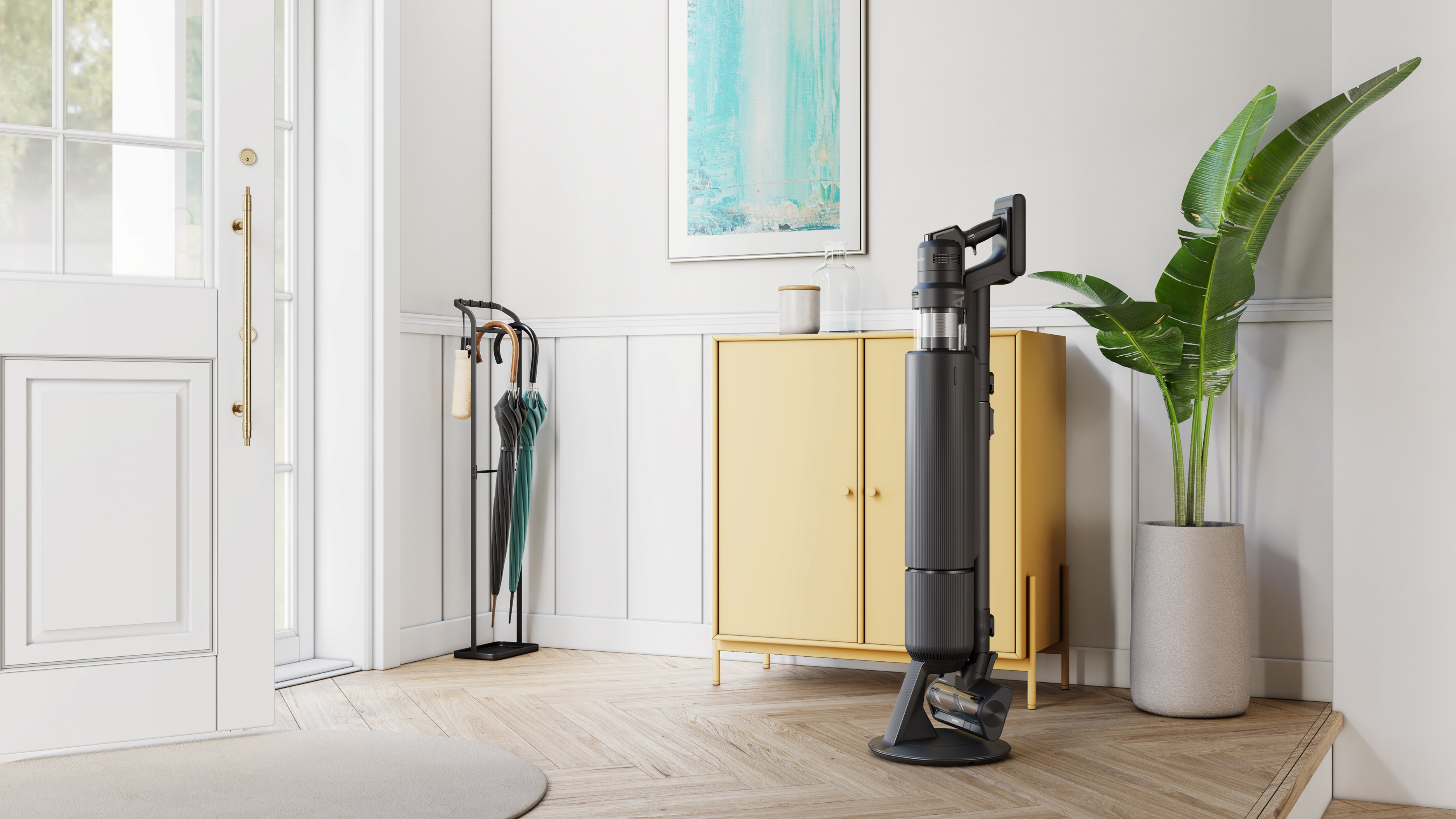 5 reasons you should be excited about the brand new Samsung Bespoke AI Jet Ultra
5 reasons you should be excited about the brand new Samsung Bespoke AI Jet UltraNot sure if it’s obvious... but I can't wait to try it
By Lizzie Wilmot Published
-
 These luxury private members’ clubs have their own race tracks
These luxury private members’ clubs have their own race tracksFrom the UK to the US and Japan, these are the world’s most exclusive race track members’ clubs
By Alistair Charlton Published
-
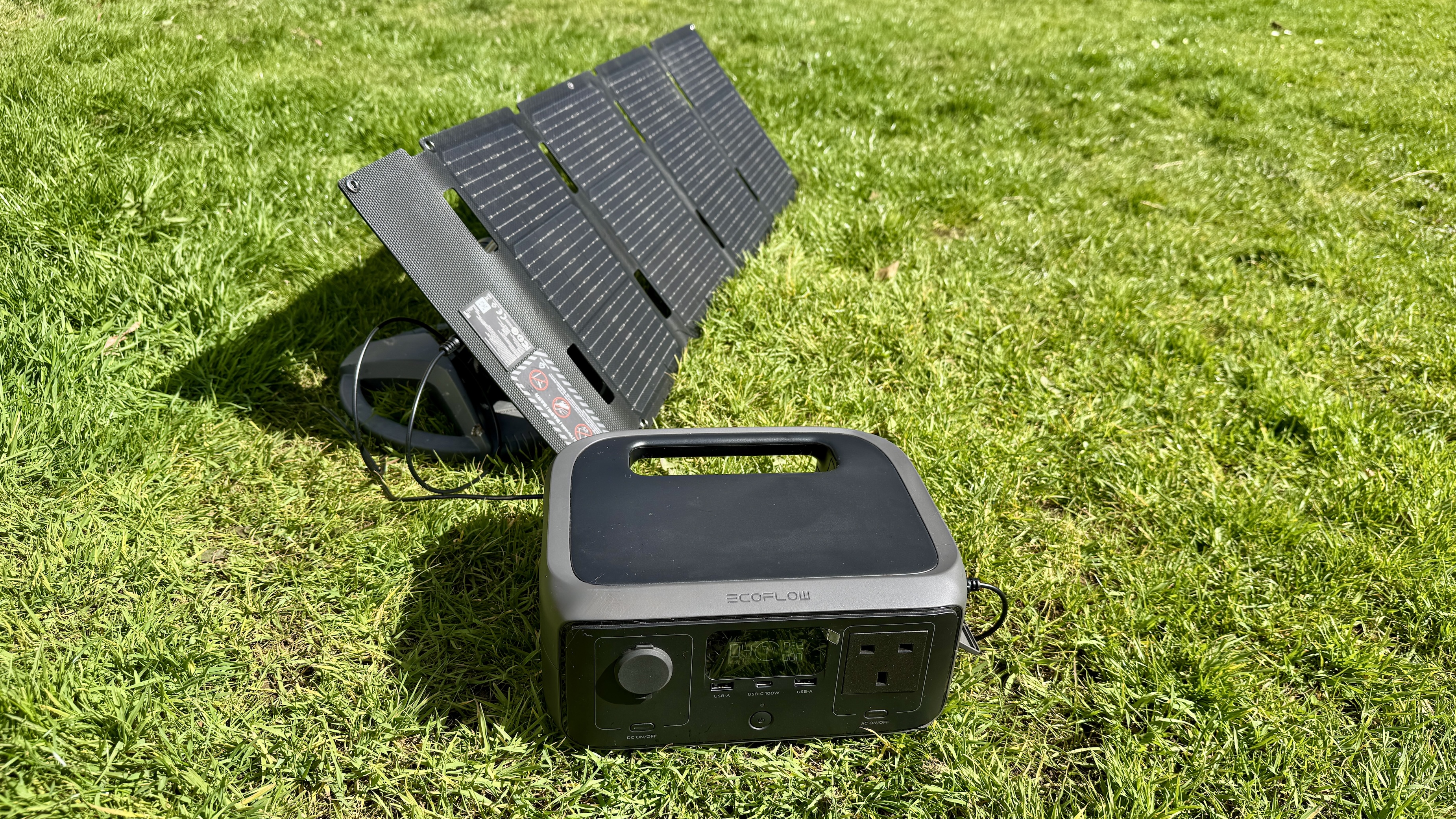 EcoFlow River 3 UPS review: Downsizing power without compromise
EcoFlow River 3 UPS review: Downsizing power without compromiseKeep the juice flowing with EcoFlow’s latest travel buddy
By Derek Adams Published
-
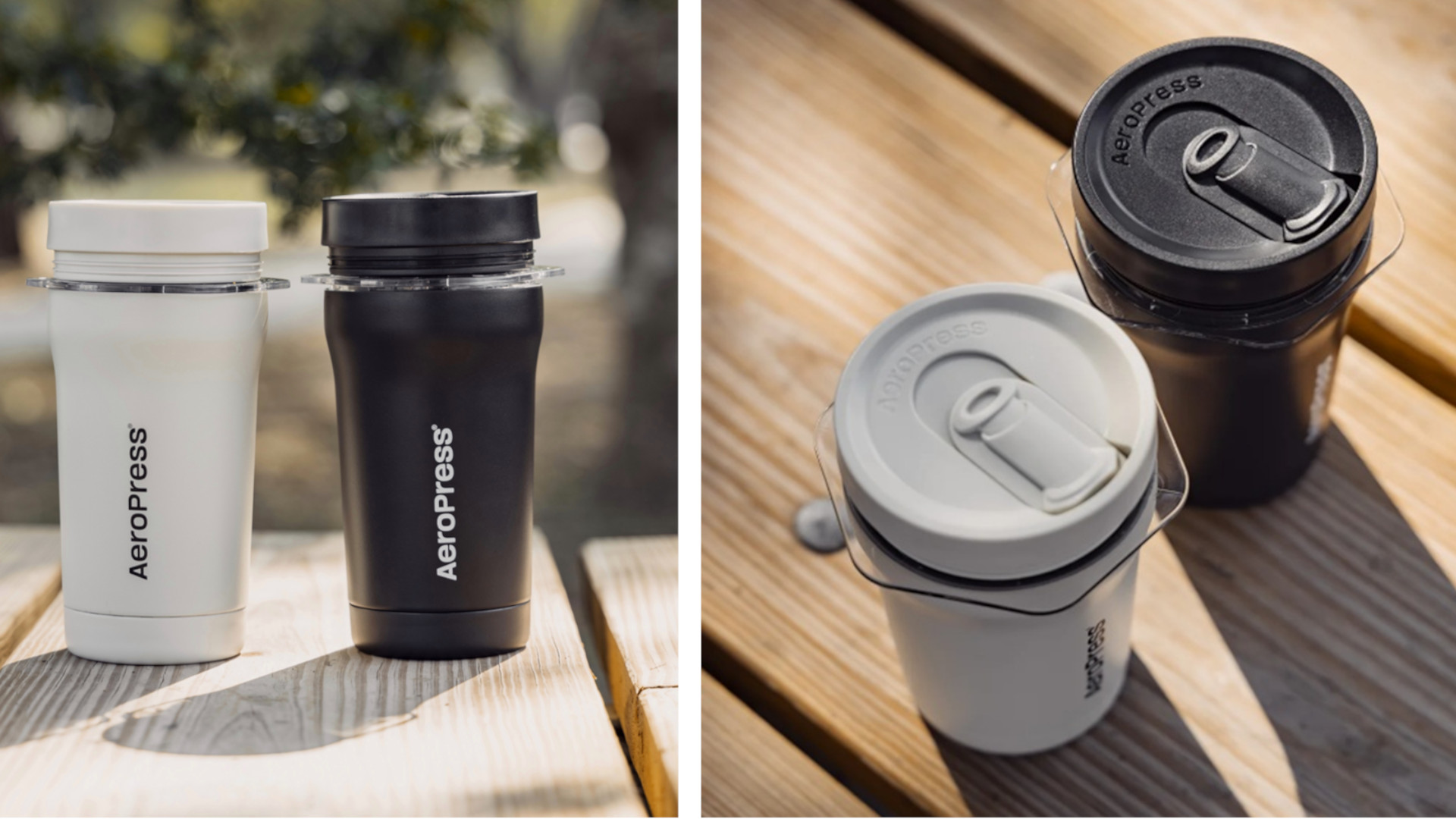 The AeroPress Go Plus is the gadget I need for my next outdoor adventure
The AeroPress Go Plus is the gadget I need for my next outdoor adventureWhether you’re off camping or heading on a hike, the new AeroPress Go Plus lets you enjoy great coffee on the go
By Bryony Firth-Bernard Published
-
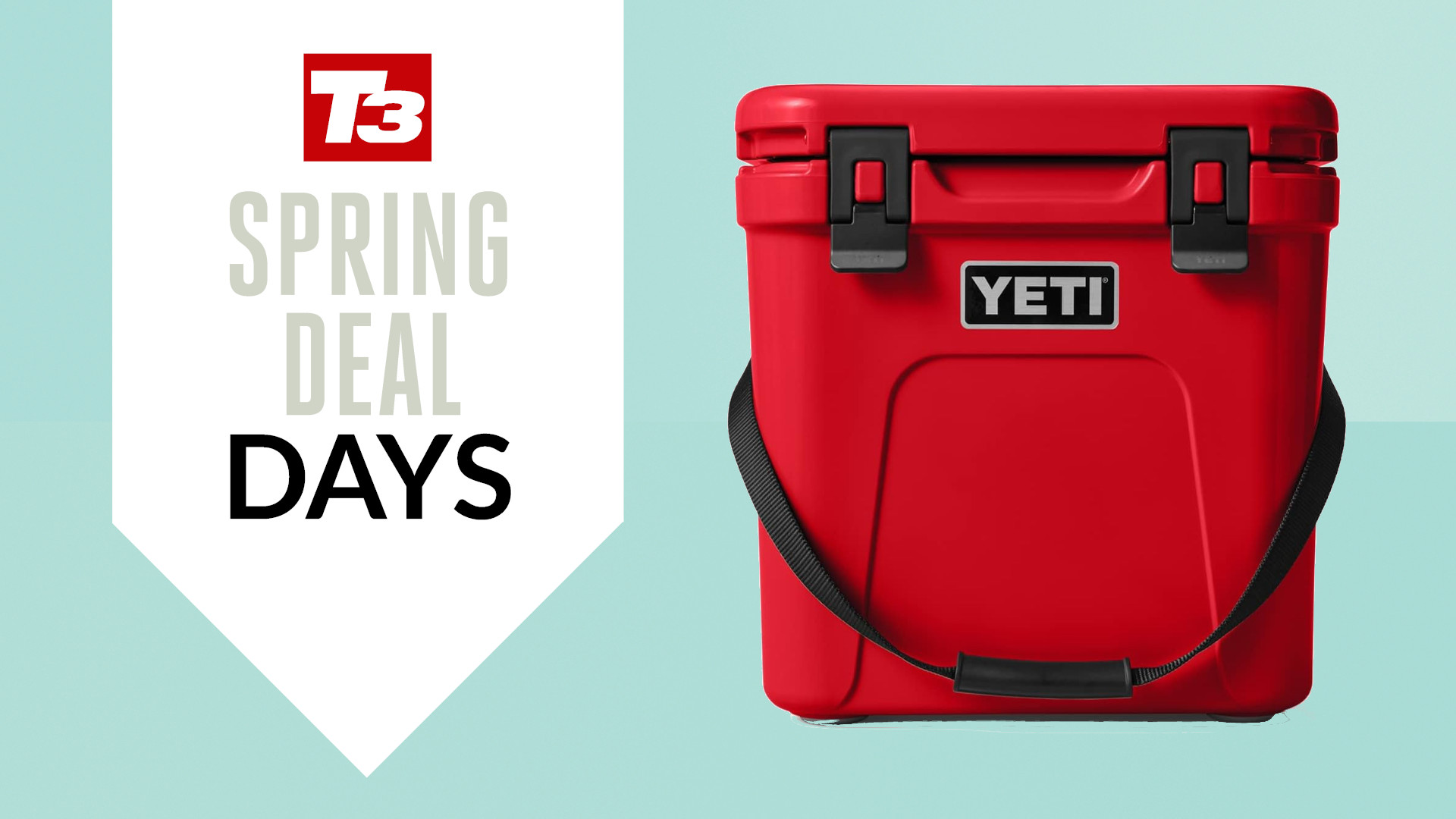 YETI has discounted a ton of its best-selling coolers and tumblers in Amazon’s Big Spring Sale
YETI has discounted a ton of its best-selling coolers and tumblers in Amazon’s Big Spring SaleJust in time for the warmer months
By Bryony Firth-Bernard Published
-
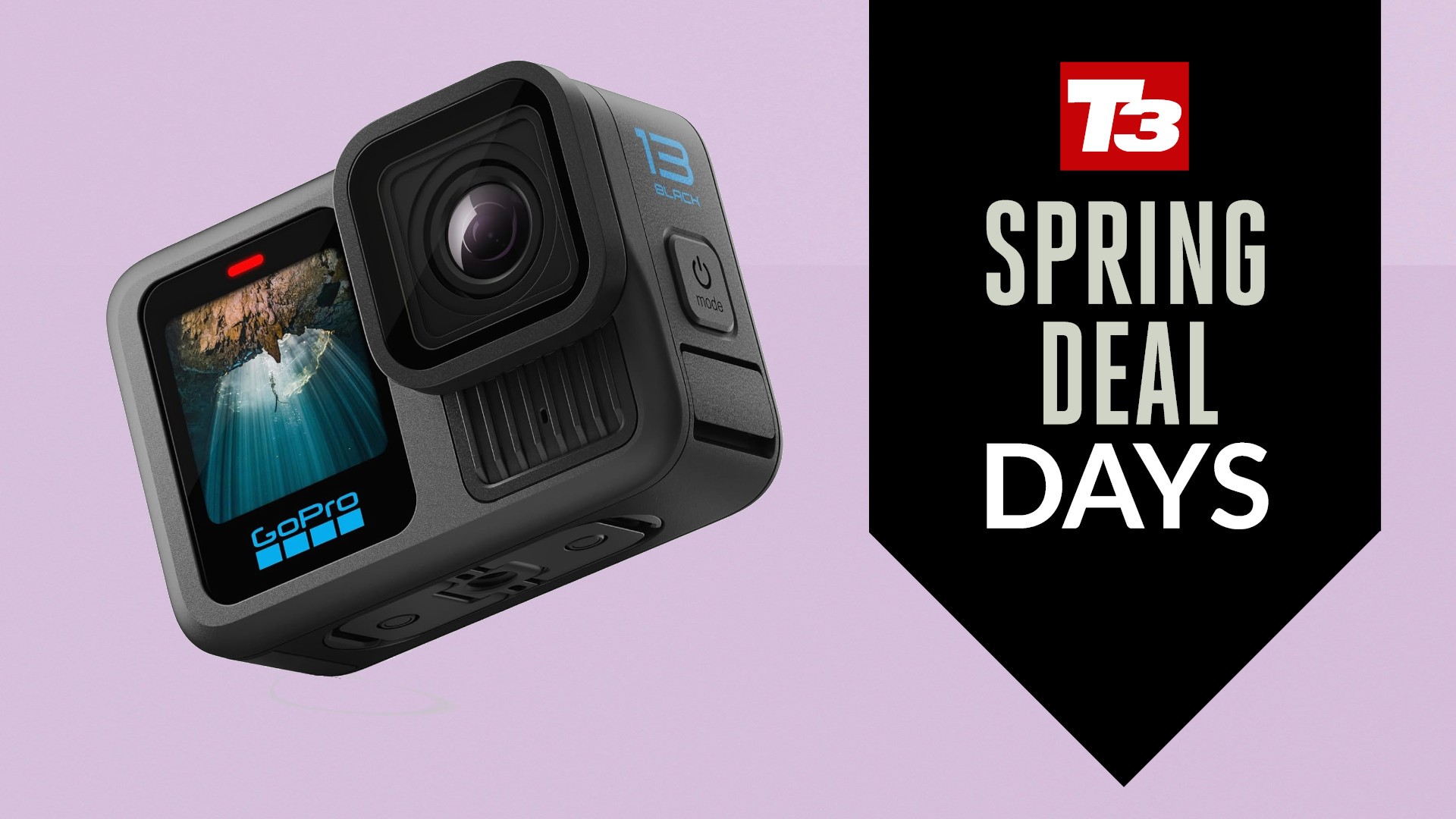 GoPro's latest flagship action cam just got a major price cut in Amazon's spring sale deal
GoPro's latest flagship action cam just got a major price cut in Amazon's spring sale dealYou can pick up the Hero 13 Black with almost 20% off
By Lee Bell Published
-
 How to pack your rucksack for a hiking or camping trip
How to pack your rucksack for a hiking or camping tripPack properly, save space and get easier access to the items you need the most
By Bryony Firth-Bernard Published
-
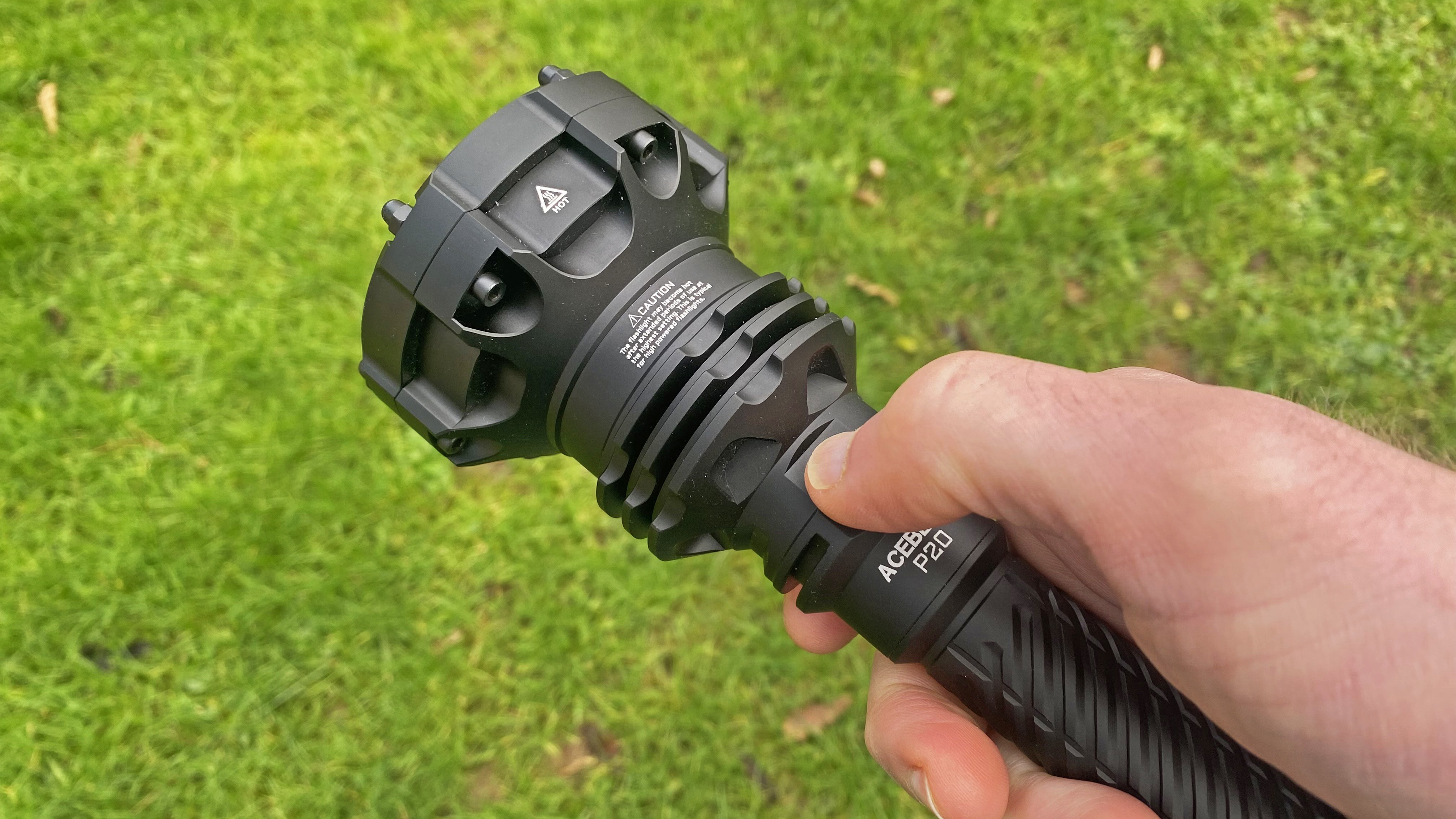 AceBeam P20 review: A skinny flashlight that packs a mighty punch
AceBeam P20 review: A skinny flashlight that packs a mighty punchFeel the force and slice the night with this light sabre, which has a range of over a kilometre
By Pat Kinsella Published
-
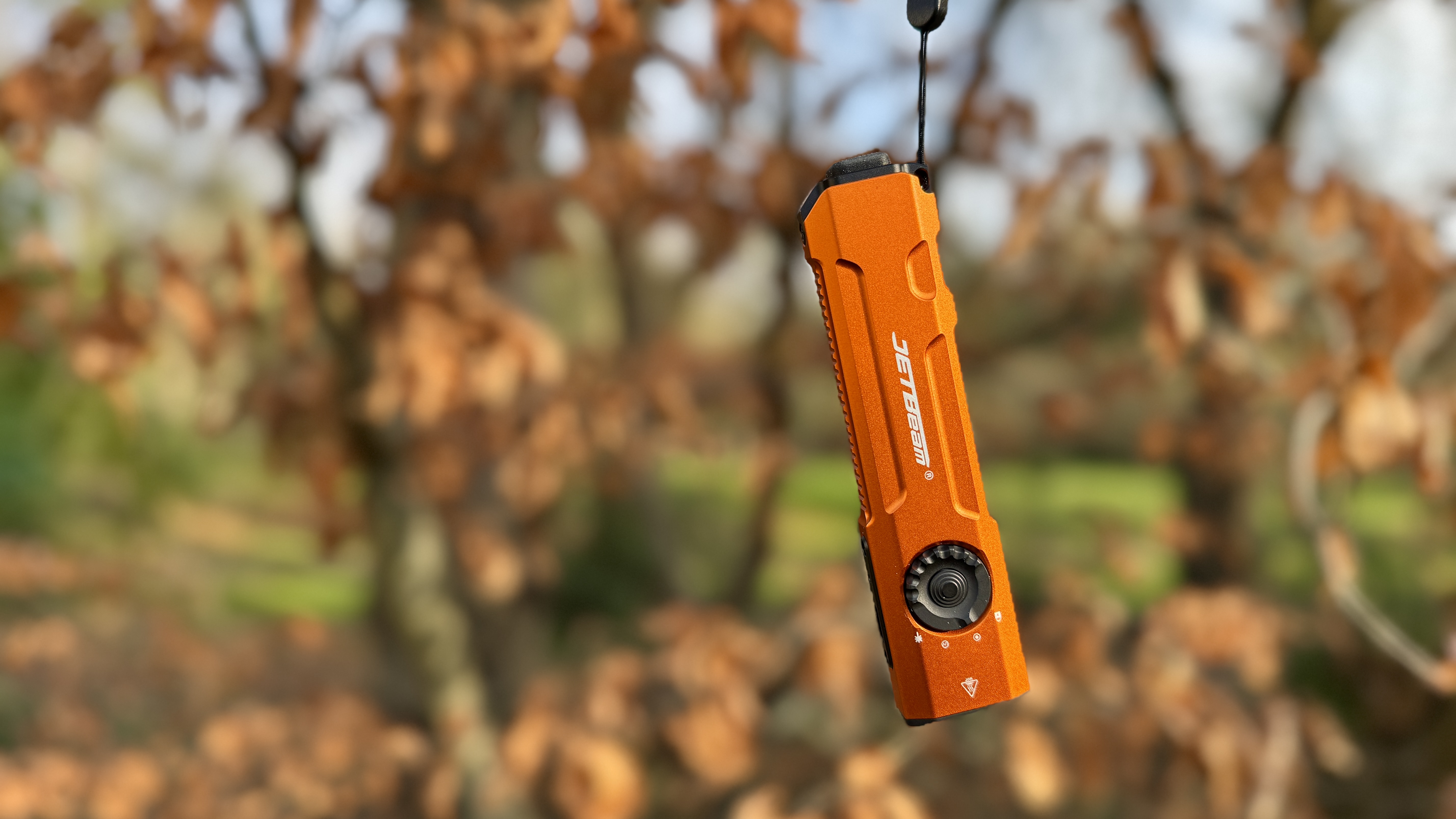 Jetbeam E26-UV Kunai pocket torch review: Let there be light. Loads of it
Jetbeam E26-UV Kunai pocket torch review: Let there be light. Loads of itBright, durable UV-enabled pocket torch for everyday excellence
By Derek Adams Published
-
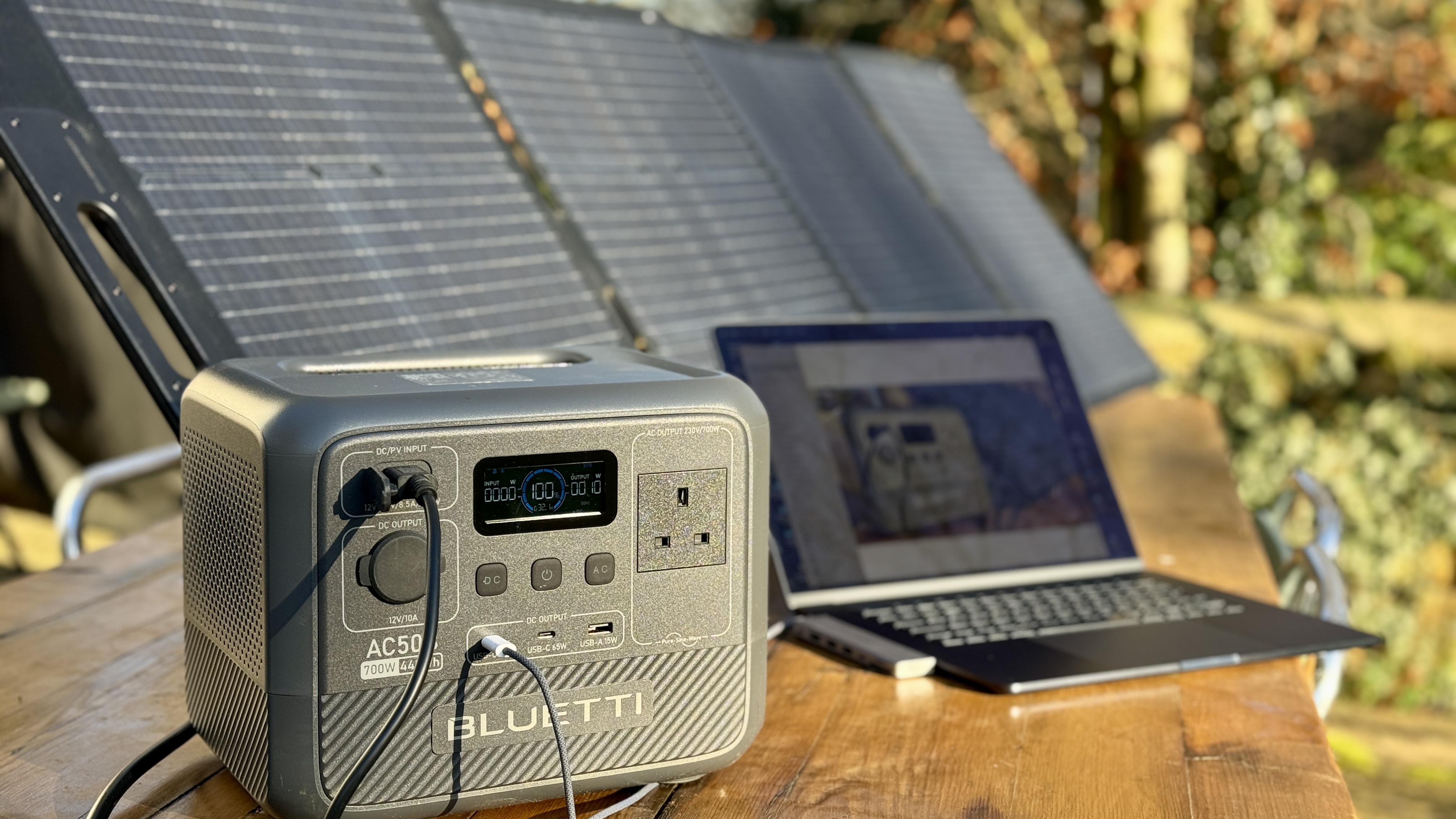 Bluetti AC50B review: a compact powerhouse for outdoor adventures and home emergency backup
Bluetti AC50B review: a compact powerhouse for outdoor adventures and home emergency backupKeenly-priced portable power for light day-to-day use
By Derek Adams Published